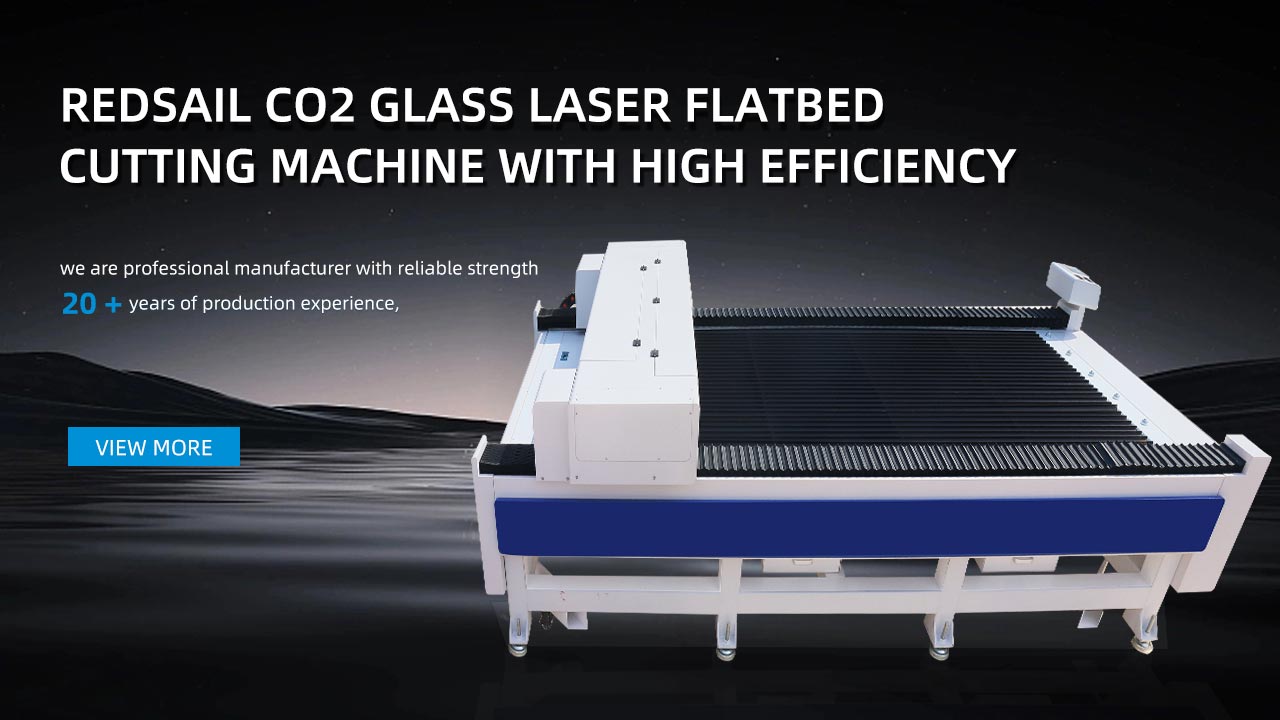Can CO2 Laser Cutting Revolutionize Polycarbonate Processing?
Introduction
Polycarbonate, a strong and durable thermoplastic, has become increasingly popular in various industries due to its versatility. From automotive parts to electrical enclosures, polycarbonate offers a wide range of applications. However, traditional processing methods like mechanical cutting or abrasive waterjet cutting might not provide the desired precision or efficiency. That’s where CO2 laser cutting technology comes into the picture. This article explores how CO2 laser cutting has the potential to revolutionize polycarbonate processing.
Understanding CO2 Laser Cutting
CO2 laser cutting involves the use of a high-powered laser beam to cut or engrave materials. It works by directing the laser beam onto the surface of the polycarbonate, which melts or vaporizes the material along the designated cutting path. The result is a clean, precise, and smooth cut that requires minimal post-processing. This technology offers several advantages over traditional cutting methods for polycarbonate processing.
Advantages of CO2 Laser Cutting for Polycarbonate
1. High Precision
One of the main advantages of CO2 laser cutting is its unparalleled precision. The focused laser beam can create intricate designs or cut precise shapes without causing any damage to the surrounding material. This level of accuracy is particularly crucial in applications such as electronics, where even the tiniest error can have significant consequences.
2. Enhanced Speed and Efficiency
CO2 laser cutting is known for its high cutting speed, enabling manufacturers to complete projects in a shorter amount of time. Compared to traditional methods, CO2 laser cutting is faster, requires minimal setup, and reduces the need for extensive post-processing. This efficiency allows manufacturers to increase productivity and reduce production costs.
3. No Contact with Workpiece
Unlike mechanical cutting methods, CO2 laser cutting does not involve direct contact with the polycarbonate workpiece. This eliminates the risk of contamination or damage, maintaining the material’s integrity and quality. It also reduces the need for regular tool replacement, minimizing production downtime.
4. Versatility
CO2 laser cutting machines can handle various thicknesses of polycarbonate with ease. Whether it’s thin sheets or thick panels, the laser beam can be adjusted accordingly to obtain superior results. Moreover, the technology allows for intricate designs and patterns, providing designers and manufacturers with more freedom in their creative process.
5. Cost-Effective Solution
Although the initial investment in CO2 laser cutting equipment might seem high, it offers long-term cost savings. With its high speed, precision, and reduced post-processing requirements, manufacturers can optimize production workflows, lower labor costs, and minimize waste. Additionally, the versatility of CO2 laser cutting machines contributes to increased operational efficiency and resource utilization.
FAQs
Q1: Is CO2 laser cutting suitable for all types of polycarbonate?
A1: CO2 laser cutting is compatible with most types of polycarbonate. However, it is essential to consider variations in material thickness and composition to determine the proper laser settings for optimal results. Consulting with a laser cutting expert will help ensure the correct parameters are used.
Q2: Can CO2 laser cutting create smooth edges on polycarbonate?
A2: Absolutely! CO2 lasers produce clean and smooth cuts on polycarbonate surfaces, minimizing the need for additional finishing or polishing. This makes it suitable for applications where a polished appearance is required.
Q3: Are there any safety considerations associated with CO2 laser cutting?
A3: Safety measures should be followed when working with CO2 laser cutting machines. Laser operators should wear appropriate protective gear, such as goggles, to shield their eyes from the intense laser beam. Adequate ventilation systems should also be in place to prevent the accumulation of harmful fumes.
Q4: Can CO2 laser cutting result in material discoloration or damage?
A4: When set up and operated correctly, CO2 laser cutting should not cause significant discoloration or damage to polycarbonate. However, improper laser power or speed settings might lead to localized heating and undesirable effects. Again, consulting with laser cutting experts can help avoid such issues.
Conclusion
CO2 laser cutting technology has the potential to revolutionize polycarbonate processing by offering high precision, enhanced speed and efficiency, versatility, and cost-effectiveness. Manufacturers can benefit from the precise and clean cuts, reduced turnaround times, and lower production costs associated with this advanced cutting method. With the ability to handle various polycarbonate thicknesses and produce intricate designs, CO2 laser cutting is leading the way in revolutionizing polycarbonate processing.





